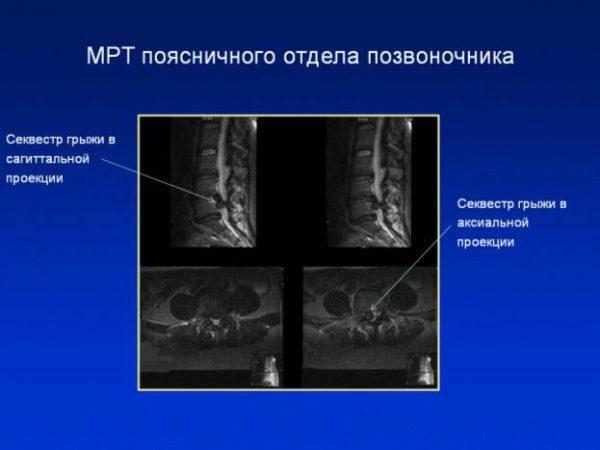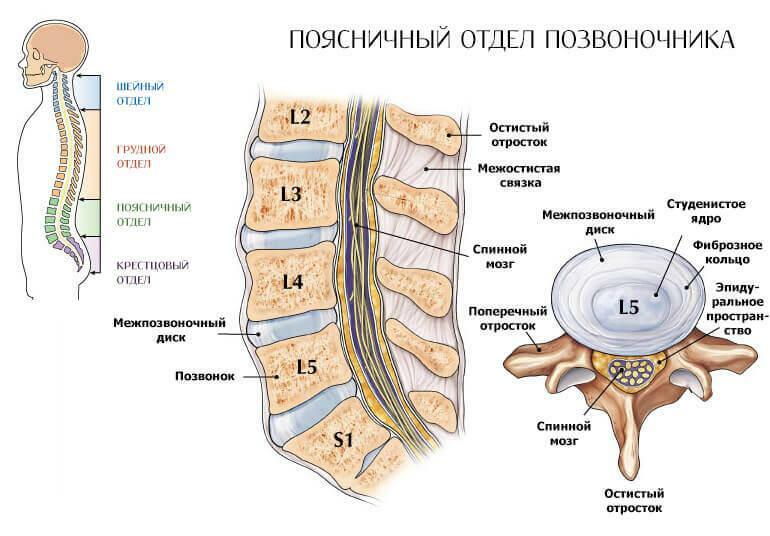The appearance of painful sensations in the coccyx region indicates the development of the disease. If the pain increases, then suspicions fall on the coccyx cyst. The cause of the onset of the disease is mainly associated with pathologies, an innate nature. When the embryo develops in the mother's womb, the sacrococcygeal tissues begin to form at the developmental stage. In the case of their pathological formation, the coccygeal cyst is formed. For men aged 15 to 30 years is a threat to the development of the coccygeal cyst( epithelial), on the contrary, women practically do not fall into the risk group.
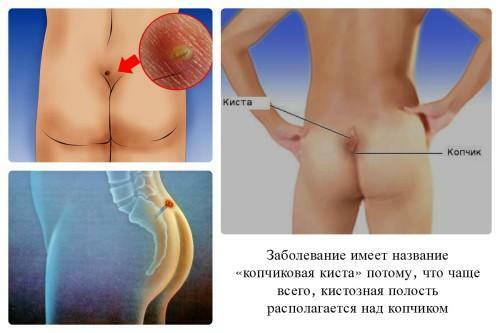
Coccygeal cyst: causes of
Content of material
- 1 Pathogenesis of the disease
- 2 Why does the exacerbation occur?
- 3 Clinical picture
- 3.1 How does the symptomatology manifest itself?
- 3.2 What are the complications of a dermoid cyst?
- 3.3 Video - What is the coccyx cyst
- 4 How is the diagnosis of coccygeal cysts?
- 5 Is pathology amenable to treatment?
- 5.1 Methods of excision of the cyst
Pathogenesis of the disease
The narrow and slightly elongated cavity is the coccygeal path. It is located in the area of interannual folds. From the inside, this cavity consists of epithelium and is not connected with the coccyx. On the surface of the skin in this area there are a couple of holes, almost invisible to the eye( primary epithelial motion).Their main purpose - the allocation of sebum, sweat. Having dealt with physiology, you can go directly to the pathology.
When the primary passage is clogged, then there is a possibility of developing an internal inflammatory process. In addition, due to inadequate hygiene compliance from the outside, infection through primary coccygeal pathways can occur, which also provokes inflammation. Consequently, the inflammatory process becomes purulent.

Development of the coccygeal cyst
Quite often the patient treats the problem already in neglected form and is explained by the fact that a long time of the cyst does not disturb the patient, there is no general symptomatology. Only when the inflammatory process becomes aggravated and begins to be accompanied by increased pain and increased body temperature. If the patient ignores this symptomatology and mutes the pain syndrome with anesthetic drugs, then the destructive processes of the initial walls of the cavity begin. As a result, the coccygeal cyst goes out like a fistula and forms a secondary aperture.
Why does an exacerbation occur?
The coccygeal cyst is an ailment, an innate nature, but throughout life it can absolutely not disturb a person. However, under the influence of a number of factors, its development may become more active. These include:
- Reduced protective immunity functions.
- Possible trauma in the coccyx.
- Permanent sedentary work or lack of mobility.
- Infection of the body.
- Poor hygiene practices.
- The onset of inflammation in the hair follicle.
- Subcooling.
- Damage to the skin near the coccyx.
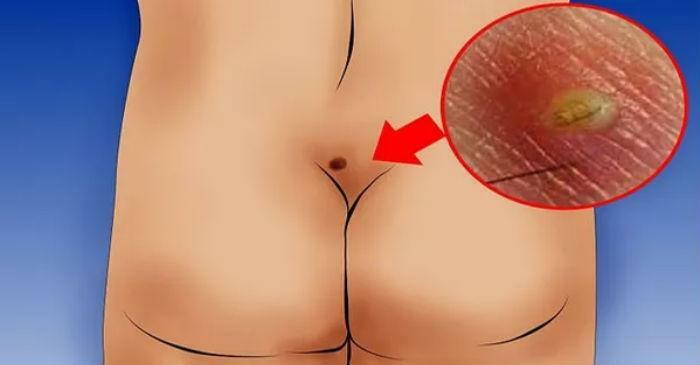
The onset of inflammation in the hair follicle is one of the causes of the appearance of the coccygeal cyst
. Note! Exacerbations of cysts can occur without manifestations of uncomfortable symptoms.
Clinical picture
The distinction between cysts and the site of localization and pathogenesis:
- The epithelial course is located directly in the upper layers of the epithelium.
- The dermoid cyst is formed in deeper tissues.
- Pilonidal sinus is caused by abnormal hair growth or inflammation of the hair follicle.
- Coccygeal fistula is the last stage of the cyst, which is accompanied by a purulent process of soft tissues.
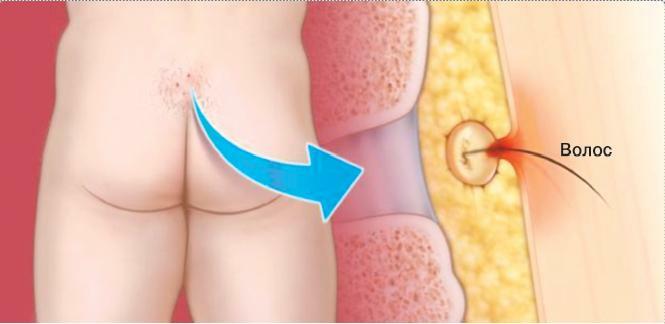
Pilonidal sinus is provoked by abnormal inflammation of the hair follicle
Despite this, all types of cysts have a single inflammatory pathological process, the causes of which are embryonic abnormalities in the formation of subcutaneous fat. As a result, a cyst is formed, which is an oval capsule with a primary abnormal course. An inner capsule is formed from the skin epithelium. When the cords become clogged, dead epithelial cells and fat glands cease to be excreted, which leads to the development of infection and the subsequent process of pus formation.
Help! When there is an inflammatory process, it begins to have a chronic character with obvious exacerbations and remissions. The formation of the fistula testifies to suppuration of the cyst.
Pilonidal sinus( one of the varieties of the coccygeal cyst) occurs during the development of the embryo. In this case, the disease will have a latent form. Suspicions on the development of the coccygeal cyst may be caused by slight discomfort and the appearance of itching in the area of the gluteal fold. If pain occurs, the patient should contact a medical institution.

A schematic image of the coccygeal cyst
How does the symptomatology manifest itself?
- Just above the anus, there is a sacrococcygeal joint where severe pain begins when the cyst develops.
- Soreness starts to build up when the patient sits or while walking.
- When the suppuration occurs, there is a throbbing, twitching pain.
- When palpation, you can find an infiltrate, which when pressed is characterized by soreness.
- In the area of inflammation, redness and swelling are observed.
- When the stage is started, purulent exudate may leave.
- Over the cyst occurs ingrowth into the skin of the hair.
- There may be first signs of intoxication( high fever, headaches, weakness, drowsiness).

Redness and swelling in the area of inflammation - one of the signs of the coccygeal cyst
What are the complications of a dermoid cyst?
- A fistula is formed, which removes the purulent contents outward.
- The abscess of the sacrococcygeal joint is possible.
- In the absence of competent care, the risk of purulent pelvic damage increases.
- Begins to develop a wet eczema of the skin.
- Paraproctitis( when there is an inflammatory process of cellulose) and proctitis( inflammation in the rectum).
- Cancer.
Warning! In the case of suppuration and breakthrough in the form of a fistula, the patient's condition will be relieved, the wound itself will be cleansed of pus and the inflammation will decrease slightly. But, without medical assistance there can be no talk about the recovery of the patient. In addition, persistent relapses lead to a chronic process.
Video - What is the coccyx cyst
How is the diagnosis of coccygeal cysts?
If symptoms occur that give suspicion to the coccygeal cyst, immediately consult a doctor. When a neglected stage is detected, the patient will need repeated surgical intervention. Then a long and painful period of rehabilitation is ahead.
Diagnosis of the disease is not difficult. But, the characteristic symptomatology can be similar to other unpleasant diseases, therefore, the diagnosis is made according to local manifestations of pathology.
The first signs in diagnosis are:
- Tearing pain.
- Tumor formation in the area of the interannual fold.
- Purulent contents appear from the resulting fistula.
- Detection of depressions in the skin - primary holes. Sometimes they appear in the form of boils or acne.

Photo of coccygeal cyst
Is pathology curable?
Remove without the coccyxal cyst can only be done by surgery. The operation as the most effective method of treatment is performed at any stage of the manifestation of the disease and is indicated for any form of cyst.
Please note! The earlier a patient seeks a doctor and an operation is performed, the easier it will be for the body to recover during the rehabilitation period.
During surgery, the epithelial tube is removed. Also, the channels and primary passages are subject to liquidation. Experts recommend, conduct surgical treatment during remissions, but in extreme cases, when exacerbation worsens, then surgical operations should be started immediately. Depending on how the patient transfers general anesthesia, either general anesthesia or local anesthesia of the operated site will be used. The duration of the operation of this pathology does not exceed half an hour.

Removal of the coccygeal cyst
Methods of excision of the cyst
| Method name | Description of the procedure |
|---|---|
| Open wound technique | When the abscess is opened and the purulent pockets are cleared, the edges of the formed wound are sewn to the bottom. This method eliminates the re-emergence of the disease, but significantly increases the healing period, which can last for two months. This surgical intervention is used extremely rarely in case of urgent need for exacerbations of the coccygeal cyst |
| Closed wound technique | After excision of the cyst, a hole is left for drainage. Thus, after the operation, the recovery period does not take more than three weeks. It is used to prevent permanent relapse |
| Bascom method | This method involves operating the cyst in the direction from primary to secondary abnormal courses. The essence of the operation is to sew the primary passages, and in the secondary area - to establish a drainage system for the exudation of the exudate |
| . The method of Caridas | . The elimination of the coccygeal cyst and the skin flap occurs by mixing the pathological site in the direction to the middle of the gluteal line. Consequently, healing occurs much faster, and the rehabilitation period is less painful for the patient. |
It is the surgical treatment that gives complete guarantees of getting rid of the disease and quick recovery. To prevent the emergence of an acute inflammatory process, the cavity of the cyst is opened and cleared from accumulated purulent contents. After that the patient is waiting for a rehabilitation period, the duration of which depends on the method of surgical excision. At this time the patient is obliged to follow strict recommendations.
For example, an open wound requires regular examination of a specialist, proper care and permanent dressings. The patient needs:
- Temporarily to restrain himself from heavy physical exertion, in particular, lifting of weights.
- No sudden temperature changes and hypothermia.
- Often change the position of the body.
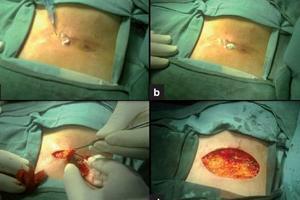
Surgery for the removal of the coccygeal cyst
All the time of rehabilitation of the patient is observed by the leading doctor, if the inflammation after the operation is not stopped, then a repeated cleansing of the cyst cavity is necessary.
Radical excision of pathology( formed fistula and scar tissue) is allowed only in the absence of inflammatory process and preliminary purification of the cavity from purulent contents.
Despite the fact that the patient can return to normal life three weeks after the operation, the rehabilitation period is completed only after a month and a half.
In the postoperative period it is necessary to adhere to such recommendations:
- For three weeks it is not recommended to sit or lie for a long time in the position on the back.
- Do not lift weights within a month.
- After removing the joints, the patient should regularly wash the gluteal fold with an antiseptic.
- For six months, apply epilation in the field of surgical intervention to prevent ingrown hairs and relapses.
Coccygeal cyst is a dangerous disease, in the absence of treatment of which, there is an abscess of tissues, eczema of the skin.

